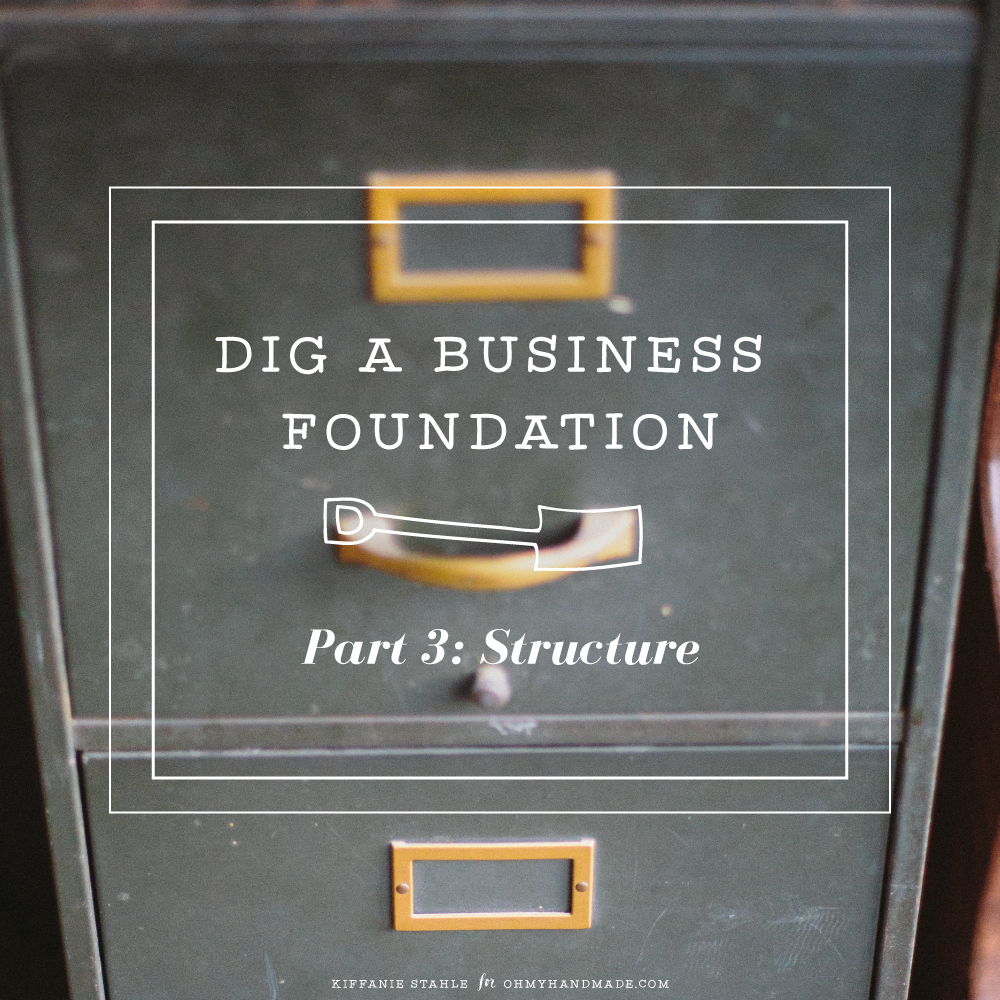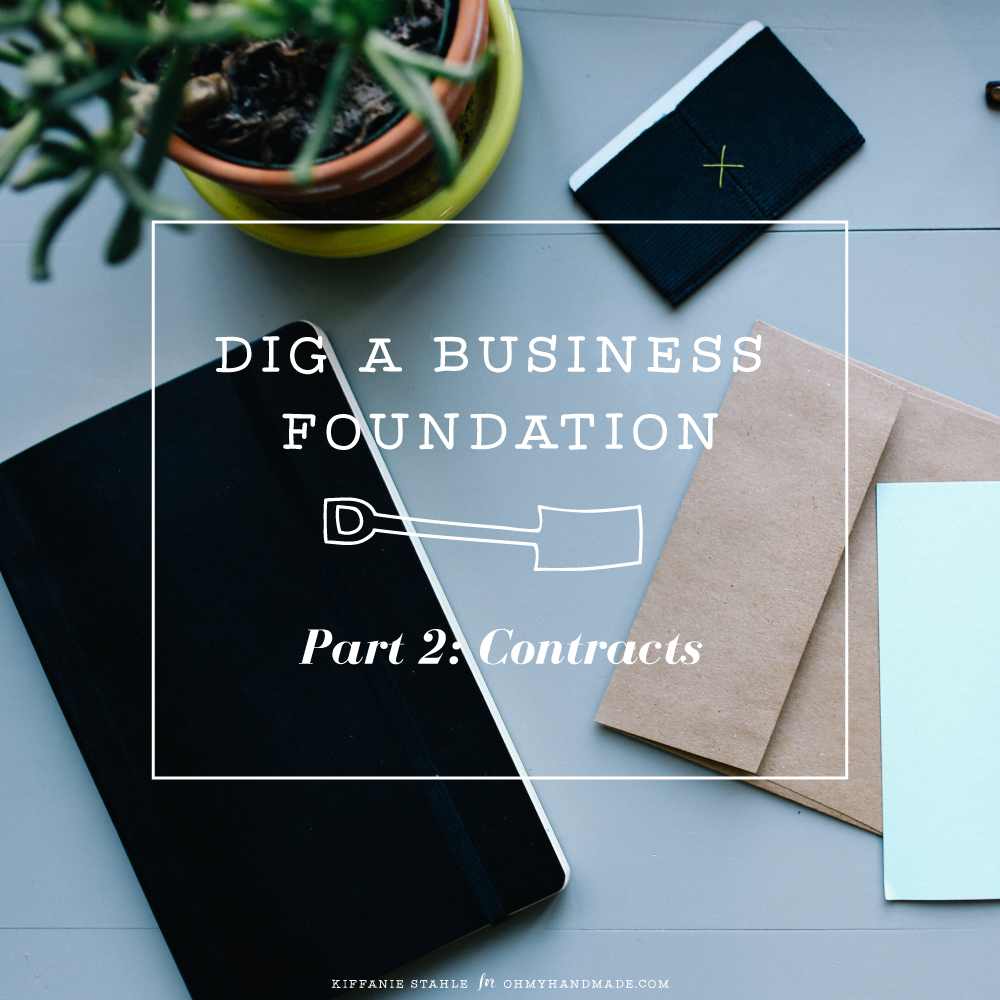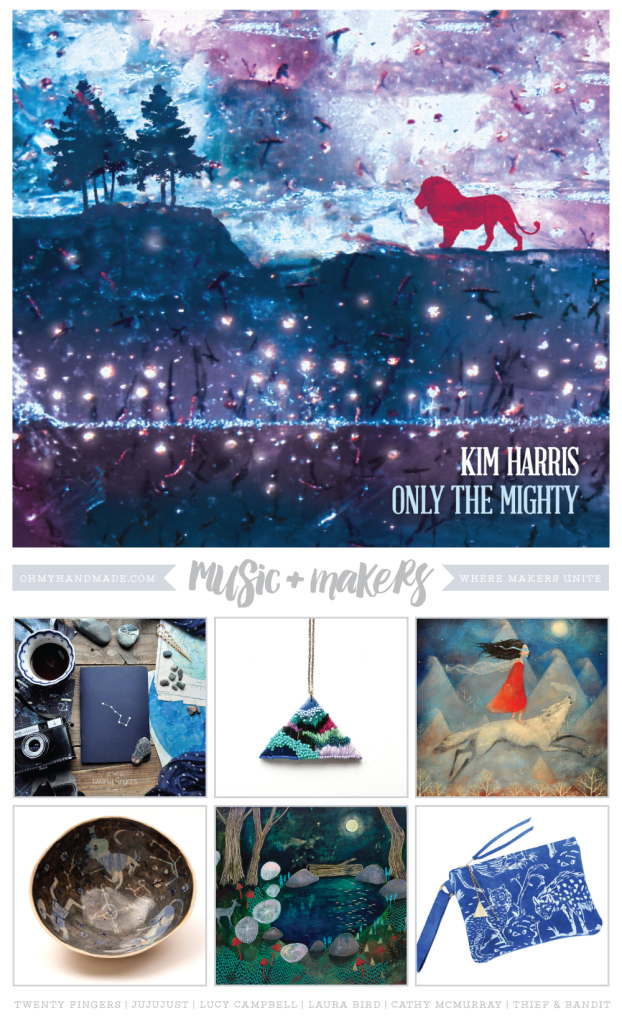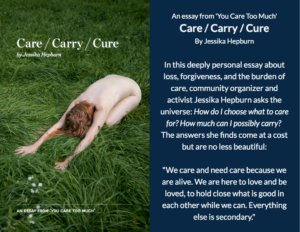Also in this series: {Part 1: Website} | {Part 2: Contracts} You are halfway through shoring up four critical aspects of your business foundation. Next we are going to focus on making sure your business structure is solid. This group of tasks is my least favorite; they have very little creativity and involve lots of red tape! But I do them because keeping my business … [Read more...] about {Part 3} Dig A Business Foundation: Structure
For the Head
Getting To Know – Krista Steel-Varsakis of RainCityKnits
The Getting To Know series features interviews with makers, artists, designers and small business owners at all different stages of their careers. I’m always interested in how other adventurers in the world of creative entrepreneurship run their businesses, get inspired and how they got started in the first place. I have the biggest crush on RainCityKnits! Cushy … [Read more...] about Getting To Know – Krista Steel-Varsakis of RainCityKnits
{Part 2} Dig A Business Foundation: Contracts
Also in this series: {Part 1} I’ll admit it; I’m a total contract nerd. I’m the one that goes off in the corner and reads through every last word when I’m buying a new phone and they hand me a contract to sign. So, I’m sad that contracts often get a bad rap. Since contracts really just define the boundaries of your relationship with the other party. They are there to say … [Read more...] about {Part 2} Dig A Business Foundation: Contracts
Music + Makers: Only The Mighty
Music + Makers is a new series that highlights musicians and makers to share how making can connect our heads, hearts, and hands across mediums. We pick an album by a musicmaker who is crafting beautiful songs and pair them with handmakers who are also exploring similar themes or feelings in their work. Only The Mighty by Kim Harris Originally from Corner Brook, … [Read more...] about Music + Makers: Only The Mighty
{Part 1} Dig A Business Foundation: Your Website
Also in this series: {Part 2: Contracts} | {Part 3: Structure | {Part 4:} Intellectual Property I bet you, like me, start off the New Year with huge dreams for what the year will hold. I like to pick a theme for the year. In 2015 I’m working on cultivating a strong community, both online and offline. So when I sat down and created my 2015 business plan, I made sure that the … [Read more...] about {Part 1} Dig A Business Foundation: Your Website






